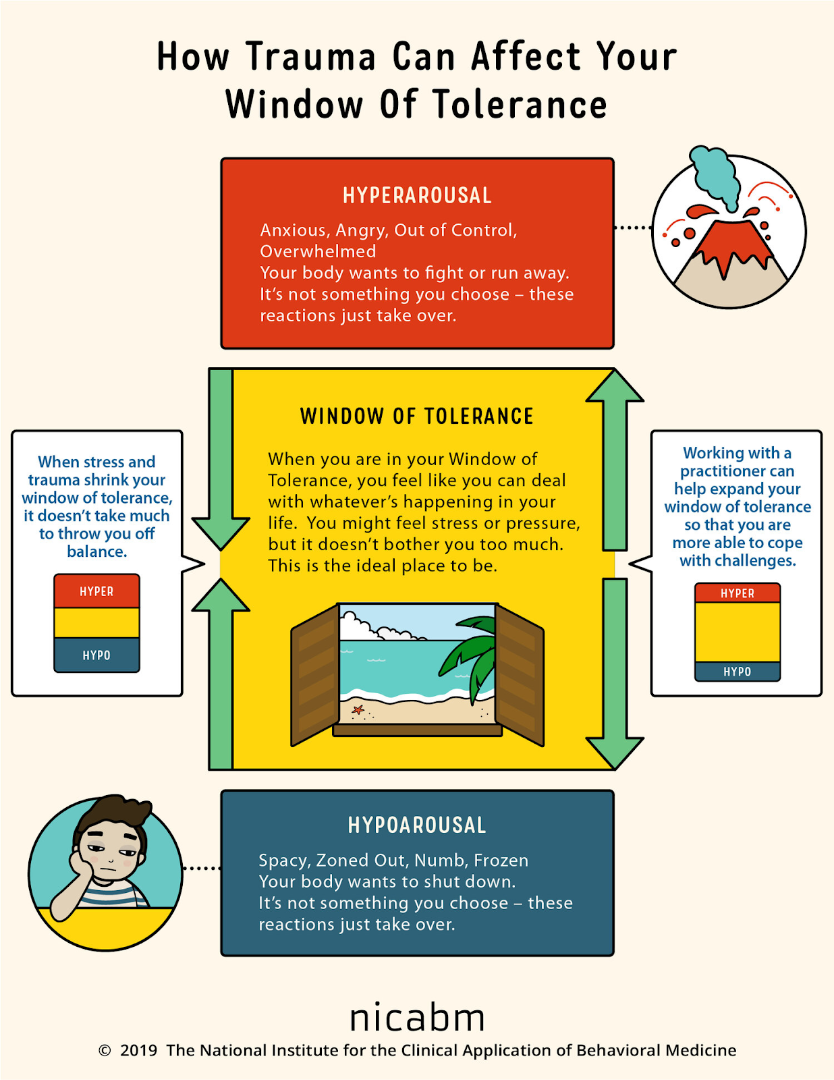Mid-year stress and mental wellness of students and staff

It is December, and many schools have been in session since August. As the school year moves toward the winter break, many students and teachers experience a mid-year slump as enthusiasm and focus begin to wane. What might contribute to these feelings? How can these challenges be eased and the new year be started with feelings of renewal?
By the time December arrives, the newness of the school year has worn off. Days are growing shorter, less time is spent outdoors, and teachers are getting deeper into educational lessons that may be increasingly challenging. Additionally, for many individuals, the winter break brings the stress of financial burden and increased exposure to family discord. Research by the National Alliance on Mental Illness (NAMI) found that 64% of individuals diagnosed with mental illness report the holidays make their condition worse (National Alliance on Mental Illness, 2014). Even those without diagnosed mental health concerns may experience increased stress during this time. While low levels of stress have been shown to increase alertness, performance, and health, high levels of stress can contribute to decreased immunity, anxiety, and depression and place individuals at a higher risk of developing serious diseases (Levings, 2021). Some indicators that stress may be having an impact include distraction, fidgeting, disengagement, work avoidance, defensiveness, crying, and fatigue (Levings, 2021).
As mentioned previously, low levels of stress can be beneficial; however, high levels of stress can be damaging. To be the most productive, we need to maintain an adequate level of stress. Psychiatrist Dan Seigel explains this optimal level of stimulation with his window of tolerance (Government of Jersey, 2020). When we are in this window, we are able to learn effectively and relate well to ourselves and others. However, outside of that window, we become hyper- or hypo-aroused and become less productive and effective (Government of Jersey, 2020). Educationally, being outside of the window of tolerance interferes with a student’s ability to learn and can result in the display of behaviors that interrupt the learning environment.
How can educators remain in their window of tolerance and support their students in doing the same? Which strategy is most effective will vary from one individual to the next. However, there are strategies to try in order to identify which ones may work best for you and your students. A few of these strategies are:
- Consistently schedule time for activities that bring you joy
- Spend time in nature practicing mindfulness
- Establish personal boundaries
- Try something new
- Breathe
- Limit social media time
Before you can support your students, it is important to recognize where you are in the window of tolerance. A dysregulated individual cannot help regulate another person (Perry et al., 2021). By first regulating yourself, then you can support your students, eventually increasing the well being and productivity of your classroom. Begin by making a plan and select one strategy to practice. Which strategy will you try?
References
Government of Jersey. (2020). The Window of tolerance: Supporting the wellbeing of children and young people. Jersey Psychology and Wellbeing Service. https://bit.ly/3Nb78rQ
National Alliance on Mental Illness. (2014, November 19). Mental health and the holiday blues. https://bit.ly/413Pv2J
Perry, B., Winfrey, O. (2021). What happened to you? Conversations on trauma, resilience, and healing. Flatiron Books.
For more information, contact Whitney Jones, (whshotwell@vcu.edu), Program Specialist T/TAC at VCU.